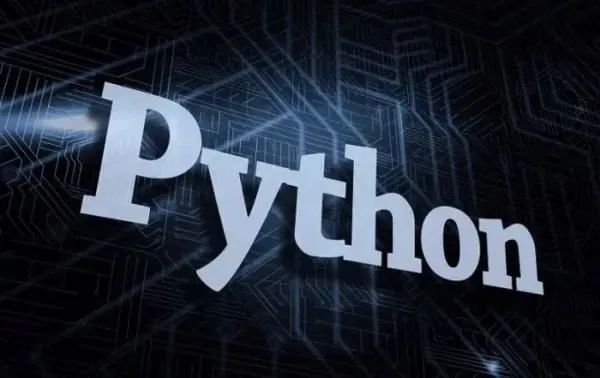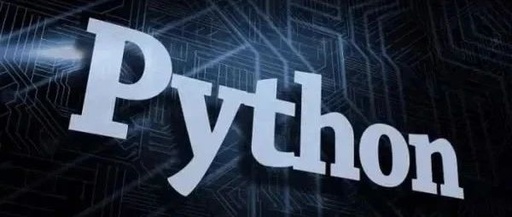
Hello everyone, I am Python Dog Brother! Today I want to share a particularly interesting topic – deep learning image recognition. Many friends might find this field very profound, but with the help of modern tools and frameworks, we can easily implement image recognition functionality. Let’s embark on this magical journey together!
-
Environment Preparation
First, we need to install the necessary Python libraries. Here we mainly use TensorFlow and Keras, which are the most popular frameworks for deep learning.
Copy and run in Python
pip install tensorflow
pip install opencv-python
pip install numpy
-
Import Required Modules
After the preparations, let’s import the necessary Python modules:
Copy and run in Python
import tensorflow as tf
from tensorflow.keras.applications import MobileNetV2
from tensorflow.keras.preprocessing import image
from tensorflow.keras.applications.mobilenet_v2 import preprocess_input, decode_predictions
import numpy as np
import cv2
-
Load Pre-trained Model
Tip: The pre-trained model is like a “teacher” that has already learned to recognize images, and we can directly use its “experience”!
Copy and run in Python
# Load the pre-trained MobileNetV2 model
model = MobileNetV2(weights='imagenet')
-
Image Preprocessing
We need to process the image into a format that the model can understand:
Copy and run in Python
def process_image(image_path):
# Read the image and resize
img = image.load_img(image_path, target_size=(224, 224))
# Convert to array
x = image.img_to_array(img)
# Expand dimensions
x = np.expand_dims(x, axis=0)
# Preprocess
return preprocess_input(x)
-
Implement Image Recognition
Now let’s write our main recognition function:
Copy and run in Python
def identify_image(image_path):
# Process the image
processed_image = process_image(image_path)
# Make predictions
predictions = model.predict(processed_image)
# Decode prediction results
results = decode_predictions(predictions, top=3)[0]
print("\nRecognition Results:")
for result in results:
print(f"{result[1]}: {result[2]*100:.2f}%")
return results
-
Practical Testing
Let’s test with a practical example:
Copy and run in Python
# Example usage
image_path = 'cat.jpg' # Replace with your image path
results = identify_image(image_path)
Tips:
-
Choose images with higher clarity -
Ensure the image format is a common one like jpg or png -
The model may take some time to load for the first time, so please be patient
Notes:
-
Ensure your network connection is stable before running the code, as it needs to download the pre-trained model -
Insufficient memory may cause the run to fail, it’s recommended to close unrelated programs -
Using GPU acceleration can greatly improve recognition speed, but for beginners, CPU is sufficient
Advanced Tips:
To improve recognition accuracy, you can try:
-
Using larger pre-trained models (like ResNet50) -
Enhancing image preprocessing -
Using data augmentation techniques
Friends, that concludes today’s Python learning journey! Remember to write the code yourself, and feel free to ask Dog Brother in the comments if you have any questions. Wish everyone happy learning and continuous improvement in Python!
